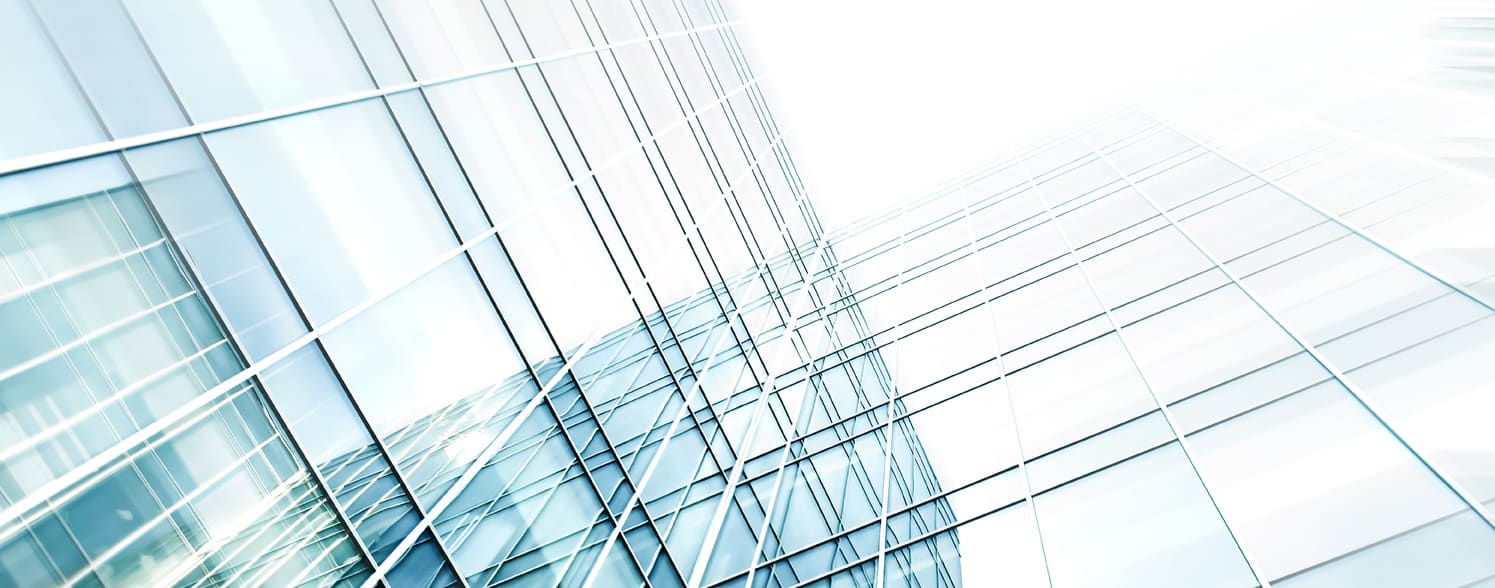In the 2018 Autumn Budget, the UK Government announced a new tax allowance – Structures and Buildings Allowance (SBA) – for the cost of new commercial buildings or converting and renovating existing commercial buildings. In June 2019, the government published the response to its Consultation Document on the allowance. Although there has been some “tinkering” to deal with concerns raised by taxpayers and professional bodies, the new rules will come in broadly as originally proposed.
To qualify for the allowance, the building on which the expenditure is incurred must be used for commercial activity, but the allowance is available for properties which are let out as well as owner occupied ones.
The rate is 2% per year on the cost of the building, but excluding the land value. At first glance 2% doesn’t seem very exciting, but it has more impact than first appears.
Suppose a company buys an office building for £1m, of which £200,000 is land. Rent is £50,000 pa and interest £30,000. Corporation tax at 19% on £20,000 would be £3,800. But now there is also SBA of £16,000 leaving taxable income of £4,000 and tax of £760. This reduces the tax bill by 80%!
The allowance is only available on expenditure incurred on constructing or altering a commercial building on or after 29 October 2018. The construction of the building must start on or after 29 October, so if work had already started before then, no allowance is available even for expenditure after that date. The allowance can be claimed from when the building comes into use.
The new SBA is different from the old Industrial Buildings Allowance (IBA) system. Under IBA only specific categories of buildings qualified. Under SBA all commercial buildings qualify; residential buildings do not. Following the consultation, it is confirmed that student and other communal residential accommodation will not qualify, but hotels and care homes will.
Allowances can be claimed during a temporary period of disuse, as long as the building isn’t used for residential purposes.
There are special rules where a person builds or buys a commercial building and grants a lease of 35 years or more where the value of the retained interest is less than one-third of the amount paid for the lease. In that case the lessee rather than the landlord is treated as the person who owns the building and can claim allowances.
The allowance does not replace the existing allowances for fixtures in a building. The normal rates for these are 18% or 6% pa. There is also a 100% first year allowance previously limited to £250,000 pa but now increased to £1m. These are more generous than SBA and so should still be claimed in preference.
Another benefit of fixtures allowances over SBA is that a seller of a building can by election with the purchaser retain not only allowances already claimed but also any future allowances. Under SBA the balance of allowances unclaimed is passed on to the purchaser. So when buying a “second hand” building which was constructed on or after 29 October 2018 the purchaser will be able to claim the SBA.
At first the above appears to mean there is no clawback of SBA on sale. But the draft legislation also provides that the capital gains proceeds on sale will be increased by allowances claimed. This means that SBA will be clawed back on sale, but through the Capital Gains Tax system rather than as income. This means for individuals the lower CGT rate (20%) will apply rather than income tax rates up to 45%. It may also mean that reliefs such as rollover for replacement of business assets might be claimed.
So don’t be put off by the low 2% headline rate. This is a relief worth a look.
To find out more about key tax issues for the property sector, take a look at our property and construction pages. You can also contact our property tax experts.


